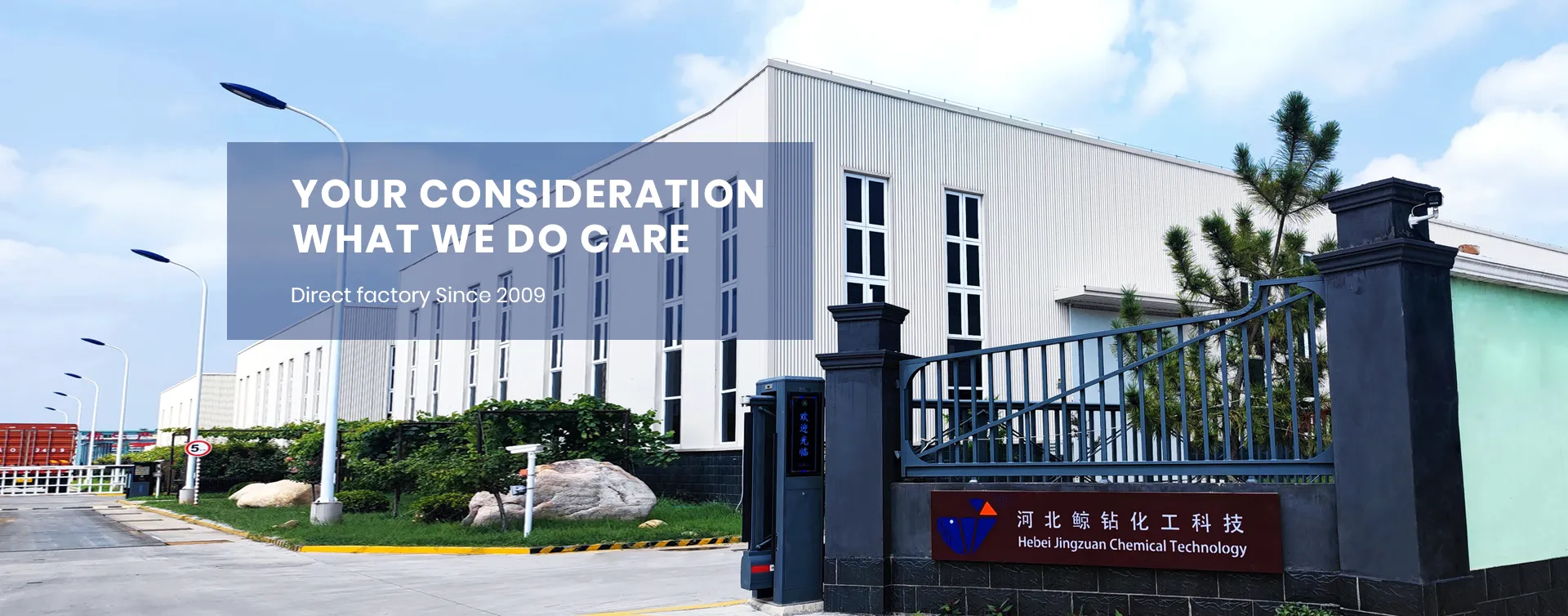
Jul . 24, 2024 01:56 Back to list
Exploring the Applications and Benefits of Hydroxypropyl Methylcellulose in Various Industries
Understanding Hydroxypropyl Methylcellulose Composition, Uses, and Benefits
Hydroxypropyl Methylcellulose (HPMC), also known as Hypromellose, is a semi-synthetic polymer derived from cellulose, a natural polymer found in the cell walls of plants. As a versatile material, HPMC is used in various industries, showing a unique blend of properties that make it valuable in pharmaceuticals, construction, food, and personal care products. Its chemical structure comprises hydroxypropyl and methyl groups added to the cellulose backbone, enhancing its solubility and functionality.
Understanding Hydroxypropyl Methylcellulose Composition, Uses, and Benefits
In the food industry, HPMC serves multiple functions. Its emulsifying and thickening properties are leveraged in various food products, including sauces, dressings, and baked goods. Notably, it is often used as a fat replacer, enhancing the texture and mouthfeel of low-fat and reduced-calorie products. Additionally, HPMC is considered a safe food additive and is listed under the Food and Drug Administration (FDA) as Generally Recognized as Safe (GRAS), assuring consumers of its safety for consumption.
hydroxypropyl methyl

Beyond pharmaceuticals and food, HPMC also finds extensive use in the construction sector. It is an important additive in cement-based products such as tile adhesives and plaster. In this application, HPMC improves the workability of these materials, allowing for ease of application and better adhesion to surfaces. Its water-retention capabilities also ensure that the work remains workable for longer periods, which is particularly advantageous in construction environments where timing can be critical.
In personal care products, HPMC is used in various formulations, including cosmetics, lotions, and shampoos. Its thickening and emulsifying properties help create stable formulations while enhancing the sensory experience of the final product. HPMC is often found in products designed for sensitive skin due to its hypoallergenic nature, making it suitable for a wider audience.
The environmental profile of HPMC also contributes to its growing popularity. As a cellulose derivative, it is biodegradable and produced from renewable resources, aligning with sustainability trends across industries. As consumers become more environmentally conscious, the demand for natural and biodegradable substances in products continues to rise, making HPMC a suitable choice in formulations seeking to minimize ecological impact.
In summary, Hydroxypropyl Methylcellulose (HPMC) is a multifaceted polymer with significant benefits across various industries. From enhancing drug formulations and improving food texture to serving as a crucial ingredient in construction materials and personal care products, HPMC demonstrates impressive versatility and functionality. Its safety profile and biodegradability further bolster its appeal in a world that increasingly values sustainability and health. Whether as a multifunctional excipient or a thickening agent, HPMC is likely to play a key role in future product innovations, reflecting ongoing advancements in technology and consumer preferences. As industries continue to evolve, HPMC stands out as a prime example of how chemistry can bridge the gap between natural materials and modern applications, catering to the needs of diverse market segments.
-
The Widespread Application of Redispersible Powder in Construction and Building Materials
NewsMay.16,2025
-
The Widespread Application of Hpmc in the Detergent Industry
NewsMay.16,2025
-
The Main Applications of Hydroxyethyl Cellulose in Paints and Coatings
NewsMay.16,2025
-
Mortar Bonding Agent: the Key to Enhancing the Adhesion Between New and Old Mortar Layers and Between Mortar and Different Substrates
NewsMay.16,2025
-
HPMC: Application as a thickener and excipient
NewsMay.16,2025
-
Hec Cellulose Cellulose: Multi functional dispersants and high-efficiency thickeners
NewsMay.16,2025







